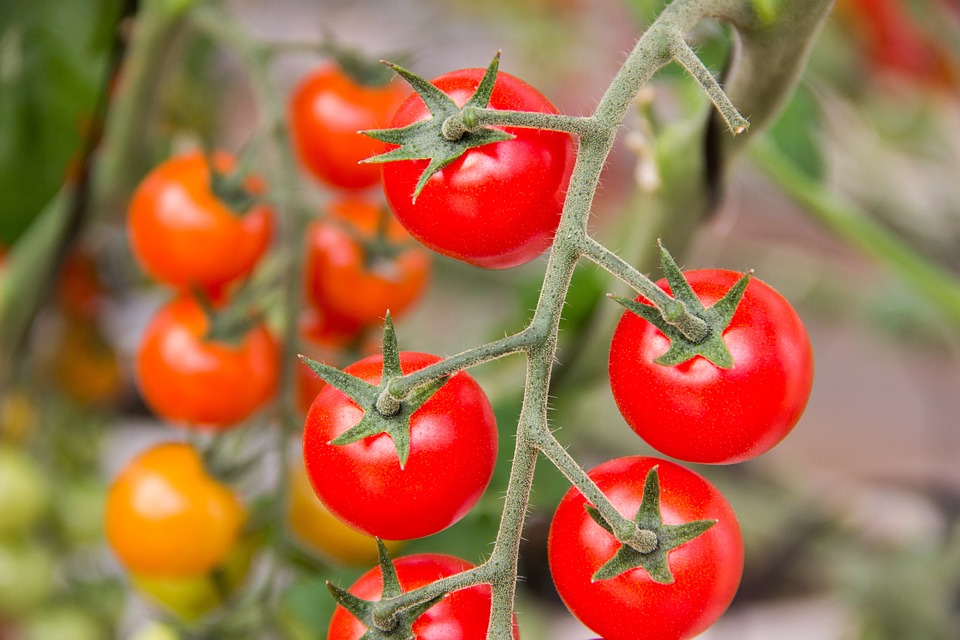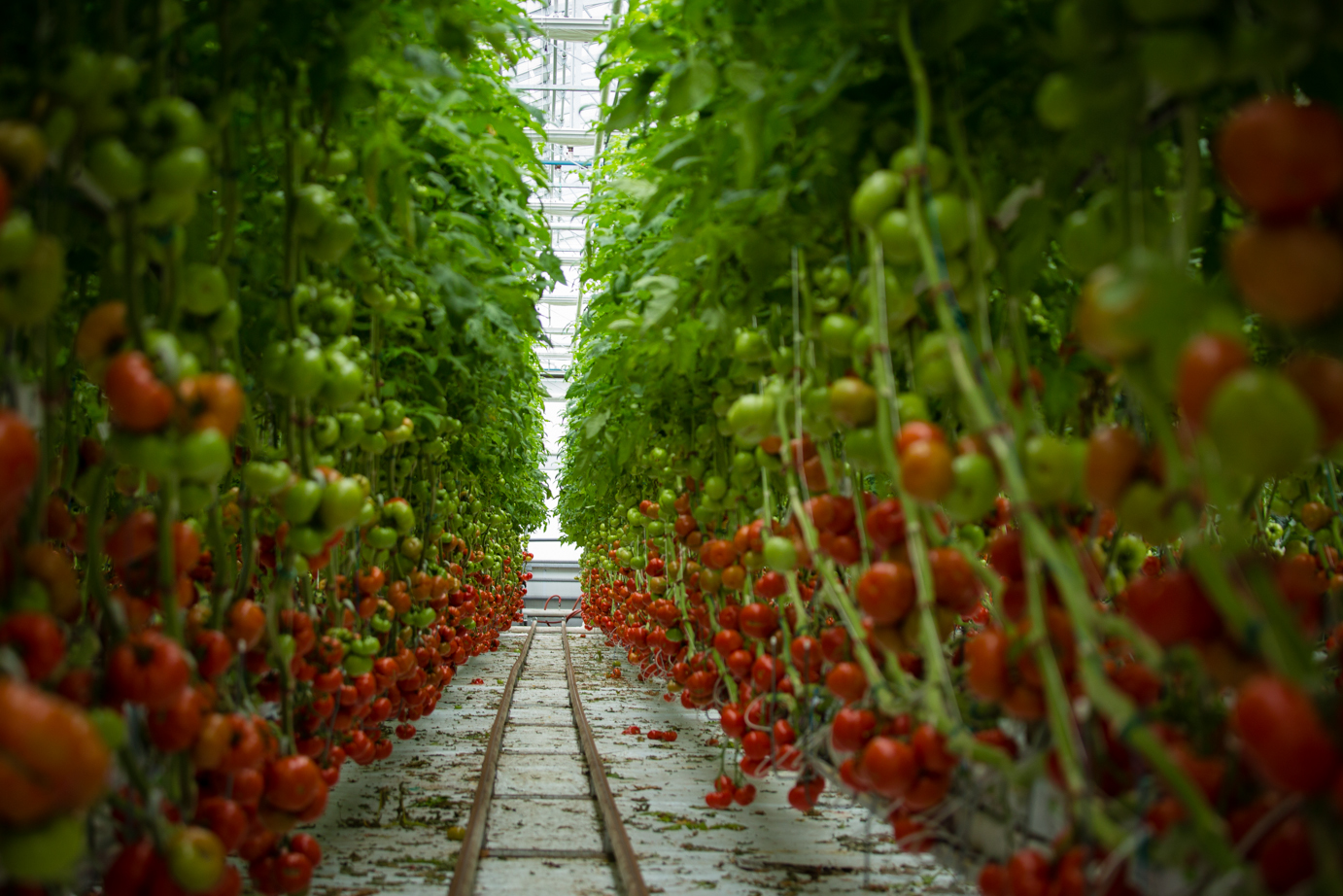Top European producers by efficiency in 2016 were: the Netherlands - 52.5 kg / sq m , Belgium - 47.9 kg/sq m and UK - 41.9 kg/sq m
Romanian producers has an efficiency of only 1.5 kg/m2 – translating in a 59,000 tones/year import deficit
Eastern EU countries consumption grows and consumers are changing from basic fruits and vegetables towards more diverse (luxury) fresh products
In the EU-27 countries there is a preference for the local production (only 3% of the total consumption are imports)


The Romanian vegetables production, including tomatoes, is largely carried out in the open field, partially under plastic and hardly under glass
There are 50,000 hectares of tomatoes crops, mainly cultivated outdoor and therefore directly dependent of local weather conditions
Romanians are average tomato consumers with 36 kg/capita (compared with Greece – 128, Spain- 89 and Italy-75) with an increasing demand for variety and high quality products
As the local production does not cover the fresh tomatoes demand all over the year, there is a huge demand for imported products (60,000 tonnes imports/ pa)
Four greenhouses (43 hectares) over two locations; each location can produce separately all year long with own heating, CO2 and energy producing with a computer-controlled climate system
The heating costs due to geothermal wells are much lower than the costs of heating with the use of regular natural gas. There is a saving of more than €4 MIO each year on gas/electricity costs
Potential sales channels: supermarkets (national coverage, constant demand of high margin products) and export (Russia and Middle-East countries)
Local packaging capacity provides possibility to build own tomatoes brand, reduce transportation damages and increase the shelf life
